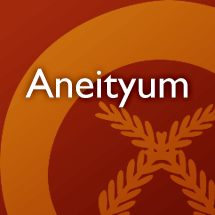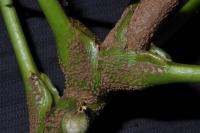An example search has returned 100 entries
apig
adj. black
bookmarkcauwan
n. tendrils; small branches
bookmarkeceliek
adj. a second growth as of taro
bookmarkehmehma
adj. healed, applied to wounds; ripe; yellow
bookmarkehyiyihi
v. to teaze, as cotton; also "ehyeiyihi"
bookmarkepigjai iran
n. last quarter of moon
bookmarkethanethan
adj. at a distance; on the other side of the road.
bookmarkhui asan
v. trees; fruit
bookmarkincetcanalaeñ
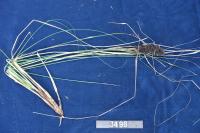
inharisihau
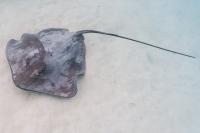
inhen owuh
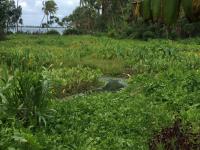
inhenid
n. kind of sugarcane
bookmarkinjedete anawanarin
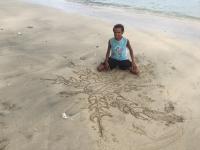
injuki
n. the afternoon
bookmarkinjupki upni
inlapnan
n. a plantation
bookmarkinma
n. a breadfruit tree
bookmarkinmaefata
n. kind of breadfruit
bookmarkinpig
n. today
bookmarkinpotaliglighap
n. the thick end of a coconut leaf, used as a mark for throwing spears at; also "inpotin lilighap"
bookmarkintate a nelgo waj
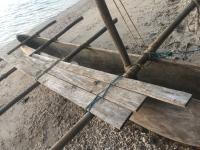
intinan mese
n. dry land planted
bookmarkinwoapeñ

inyetupou lelcei
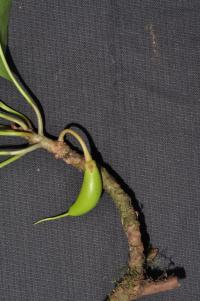
isjid
v. to chip off small branches
bookmarkiñec
[iŋec] n. Mystery Island
bookmarklawog
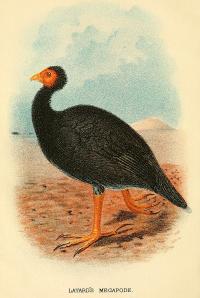
manfara
n. kind of sugarcane
bookmarkmeto
adj. ripe; also "metto"
bookmarknapannopotan
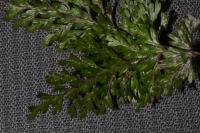
natcai
n. kind of plant, grass, or fern
bookmarknatisiyeg
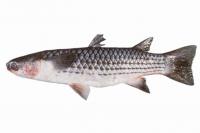
n. Squaretail mullet
Example: Photo by ANFC, License: CC BY-NC 3.0 via Fishes of Australia
bookmarknatji
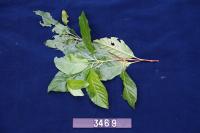
nauanieg
n. reed
bookmarknauhap̃ apeñ
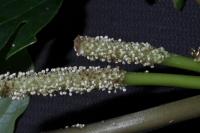
naupitcat
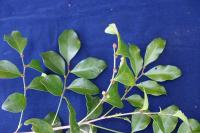
nauwatamu
n. kind of sugarcane
bookmarknedec
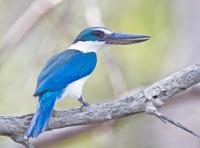
[neθeɣ] n. Collared Kingfisher
Example: Photo by JJ Harrison, License: CC BY-SA 3.0 via Wikimedia Commons
bookmarknefelelicai
n. grass; weeds; thistle
bookmarknehel
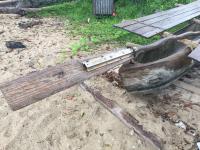
nelnjen natimi
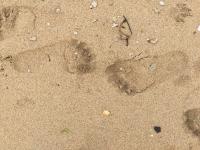
nemdaj
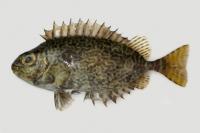
n. Little spinefoot, scribbled rabbitfish
Example: Photo by Kathleen Kresner-Reyes / Fishbase, License: CC BY-NC 3.0 via Fishes of Australia
bookmarknepat
n. kind of banana
bookmarkneroa
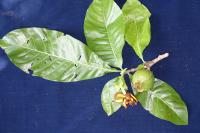
n. tree, 6-7 m tall (collection: Gregory M. Plunkett #3527)
Example: 1. The flower is used to make a necklace and the wood used as poles for a house roof. The flower is very fragrant and people put it behind their ear to enjoy the aroma. The leaf is used to bake taro in the earth oven. Use a fire to heat stones, then when the fire burns down and the stones are hot, pile these leaves on top of the hot stones and then place the food being cooked--taro, fish, pig, cassava, banana or other foods--on top of the leaves. Then pile more of these leaves on top of the food and then place additional hot stones on top of that pile of leaves. While the food is cooking--each type of food takes a different amount of time--the leaves give off a very nice smell and help flavor the food. 2. Firewood, flower smells good, put in coconut oil to give it aroma. Grate coconut, add small amount of water, put in bowl, heat until water is evaporated, the oil is on top, take all the coconut cream on bottom save oil in another pot. Drop 2-3 flowers into coconut oil and boil, or more flowers. Try not to burn the oil. Take out flowers and use pure oil. Also used for final covering of large earth oven during feast along with GMP 3503 – esp. wedding feast. Planting pole and hard and heavy wood – sharp end. 3. This is a "calendar plant." When it flowers, people know that the taro is ready to harvest.
bookmarknetjeñ
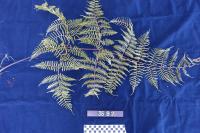
neusjai
n. a fern tree
bookmarknicvan neaig
n. kind of taro
bookmarknipʧinite
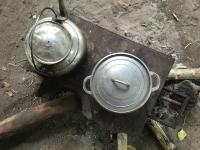
nirak
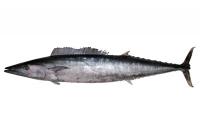
nithwunitei
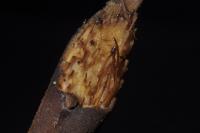
tree fern, trunk 2 m tall (collection: Gregory M. Plunkett #4102)
Example: 1. There are kinds of this plant. This is considered the white one. See GMP # 4100, textit{Cyathea sp}, which is considered the black one.
bookmarknoducnas
n. a bunch of taro
bookmarknowanlas
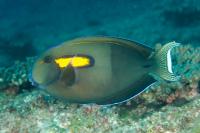
n. Orangespot surgeonfish
Example: Photo by Ian Shaw / iNaturalist.org, License: CC BY-NC 3.0 via Fishes of Australia
bookmarknuarin
n. plat (a map, drawn to scale, showing divisions in a piece of land)
bookmarknudto
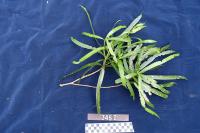
n. small tree, 4 m tall (collection: Gregory M. Plunkett #3452)
Example: 1a. The stem of this plant is used to make a spear, as it is always straight and very strong. It is a small growing plant, just right for length of a spear. 1b. Make a spear for fishing, peel bark, heat stem, affix points to end. 2. Name is the name of a fish. 3. Rafters for roof.
bookmarknuhujcei
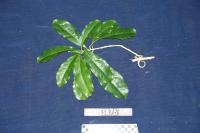
n. liana, growing at edge of forest. Fruit. (collection: Gregory M. Plunkett #3475)
Example: 1. When the stems of this plant are older, and it is a vine, is used to tie thatch on roof rafters as it bends well. 2. Burned leaves and rubbed on fishing line and spear to increase catch – used with other unspecified leaves, that are forageable. When you are fishing and if you set a basket or mat it means danger and you have to return to shore – the spirit is telling you that it is enough fishing.
bookmarknupunyepec
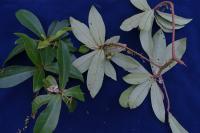
nusjai um legad
n. kind of sugarcane
bookmarktabake
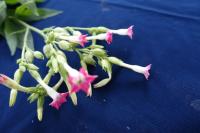
n. herb 1 m tall, flowers pink (collection: Michael J. Balick #4923)
Example: Collect the yellow leaves, the mature ones, roll it between one’s hands, squeezing it, and dry it in the sun for a day and hang it in the kitchen near the place where fires are made, and within a week it will turn black. It is ready to be smoked--roll paper around it and smoke it. Take 6-10 leaves, roll them up and squeeze them into a bucket of water mixing the juice with the water until it turns somewhat green. Use this water to wash crops such as legumes and other garden plants to kill insects that might be attacking them.
bookmarkupuhas
v.n. to sprout
bookmarkyatit
n. kind of banana
bookmark